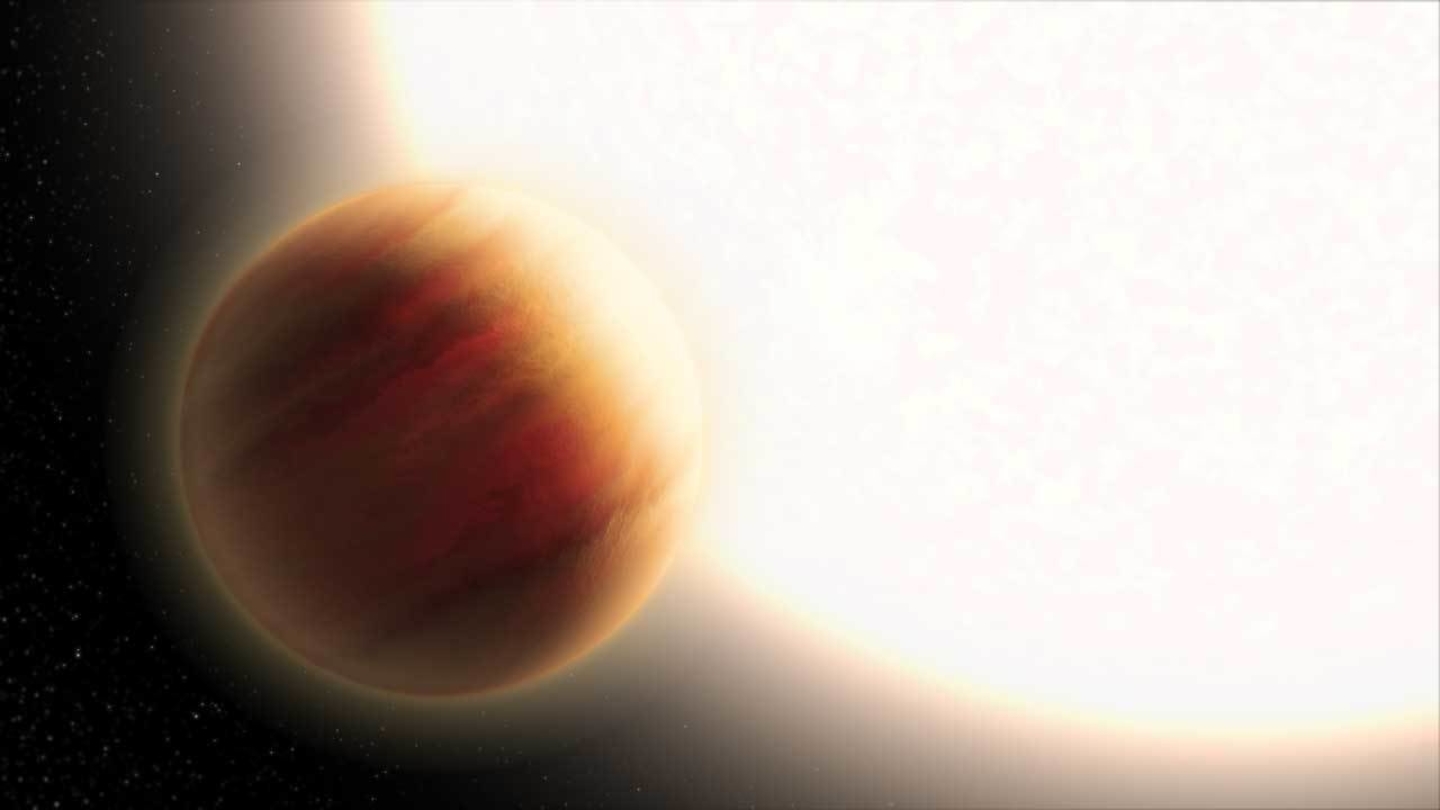
Scientists from the University of Southern Queensland’s Centre for Astrophysics have discovered TOI-1431b, a fiery planet located around 490 light years away from Earth.
The “hellish” angry ball of fire is reported to be nearly three times the size of Jupiter, the biggest planet in our solar system, and has temperatures hot enough to vapourise metals.
Most metals melt between 1,500 to 2,250 degrees celsius. But this gaseous ball of flames holds a dayside temperature of approximately 2,700 degrees celsius and a nightside temperature of approximately 2,300 degrees celsius - which means it could easily vapourise metals. “This is a very hellish world... no life could survive in its atmosphere. In fact, the planet’s nightside temperature is the second hottest ever measured,” Brett Addison, the lead researcher of the study, said in a press statement.
For those who don’t understand how hot that is, the planet is hotter than molten lava, which usually stands between 700 to 1,250 degrees celsius. “In fact, the dayside temperature of the planet is hotter than 40 percent of stars in the Milky Way galaxy. The temperature of the planet is approaching that of the exhaust from a rocket engine,” Addison told CNET.
While you might have the chance to see rocks from Mars and other planets, the newly discovered planet has no surface; it’s most likely just a giant ball of gases and flames. “These types of exceptionally hot planets, known as ultra-hot Jupiters, are quite rare,” said Addison.
Hot Jupiters are gas giant exoplanets that look similar to Jupiter but have a shorter orbital period. Exoplanets are planets that are outside the solar system and orbit a star other than the Sun. Ultra-hot Jupiters are Hot Jupiters with a dayside temperature of more than 2,200 Kelvin, which is approximately 1,927 degrees celsius.
TOI-1431b was first spotted by NASA's Transiting Exoplanet Survey Satellite and the Multi-site All-Sky CAmeRA (MASCARA) in late 2019. Following up, Addison collected data using the Stellar Observation Network Group (SONG) telescope, located in the Canary Islands, to help confirm the planet's existence. “It is a particularly interesting discovery as the host is one of the hottest stars with a transiting planet we’ve ever found, and because TOI-1431b is in such close orbit around its star, it’s one of the hottest planets surveyed.”
The temperature is not the only fascinating thing about this planet. The TOI-1431b orbits in retrograde, which means in the direction opposite to its star. “If you look at the Solar System, all the planets orbit in the same direction that the Sun rotates and they’re all along the same plane,” said Addison in the statement. “This new planet’s orbit is tilted so much that it is actually going in the opposite direction to the rotation of its host star.”
So how the hell was this planet even formed? Did particles in the universe just collide one day and form one of the hottest planets known to mankind? “We think this planet was formed further away, and something happened that caused it to migrate into this very close orbit,” Addison told the Brisbane Times. “Potentially an encounter with another massive planet in the system caused this one to scatter in, or maybe there was a stellar companion that caused this planet to move in towards the star.”
https://www.vice.com/en/article/n7bv8w/new-planet-hot-jupiter-discovery-solar-system-nasa
2021-05-03 08:50:00Z
CAIiECsAj0ou6kZoX4APJchTpo0qFwgEKg4IACoGCAowis8wMLmCBjCfodQD
Bagikan Berita Ini
















0 Response to "Too Hot to Handle: This New Planet Can Vapourise Metal - VICE"
Post a Comment